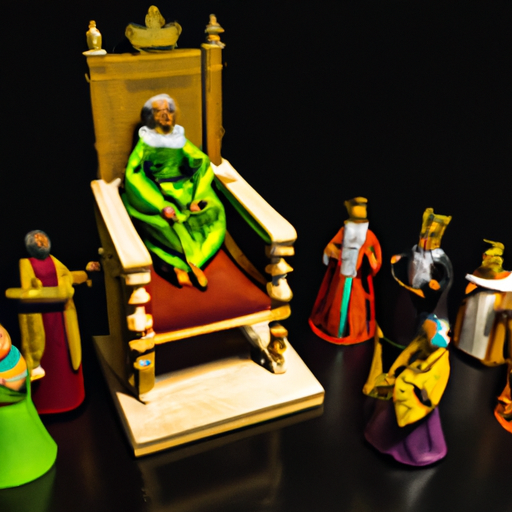What is a Constitutional Monarchy Government: A Comprehensive Guide
A constitutional monarchy government is a unique form of governance that combines elements of both a monarchy and a constitutional system. In this type of government, a monarch serves as the head of state, while the powers and responsibilities of the monarch are limited and defined by a constitution.
Understanding the Basics
In a constitutional monarchy government, the monarch’s role is largely ceremonial and symbolic. They act as a figurehead representing the nation and its traditions, but they do not possess absolute power or make political decisions. Instead, the monarch’s authority is constrained by a constitution, which outlines the rights and responsibilities of both the monarch and the government.
The Role of the Monarch
The monarch in a constitutional monarchy government typically performs ceremonial duties such as opening and closing parliamentary sessions, granting honors and awards, and representing the country on official state visits. They may also have some reserve powers, which are rarely used and usually require the approval of the elected government.
The Role of the Government
The government in a constitutional monarchy is responsible for making and implementing political decisions. It is usually headed by a prime minister or a president, who is elected by the people or appointed by the monarch. The government is accountable to the parliament and operates within the framework of the constitution.
Advantages of a Constitutional Monarchy Government
One of the key advantages of a constitutional monarchy government is the stability it provides. The presence of a monarch who represents continuity and tradition can help foster a sense of national identity and unity. Additionally, the separation of powers between the monarch and the government ensures a system of checks and balances, preventing any one entity from gaining excessive power.
Disadvantages of a Constitutional Monarchy Government
Critics argue that a constitutional monarchy government can be outdated and undemocratic. They claim that the hereditary nature of the monarchy contradicts the principles of meritocracy and equal opportunity. Additionally, the limited powers of the monarch may lead to a lack of accountability and transparency in decision-making.
Examples of Constitutional Monarchy Governments
Several countries around the world have constitutional monarchy governments. The United Kingdom, Japan, Spain, Sweden, and the Netherlands are just a few examples. Each of these countries has its own unique constitutional arrangements, but they all share the fundamental characteristic of a monarch with limited powers operating within a constitutional framework.
In conclusion, a constitutional monarchy government is a system of governance that combines a monarch as the head of state with a constitution that outlines the powers and responsibilities of both the monarch and the government. This form of government provides stability and a sense of national identity while also ensuring a system of checks and balances.




